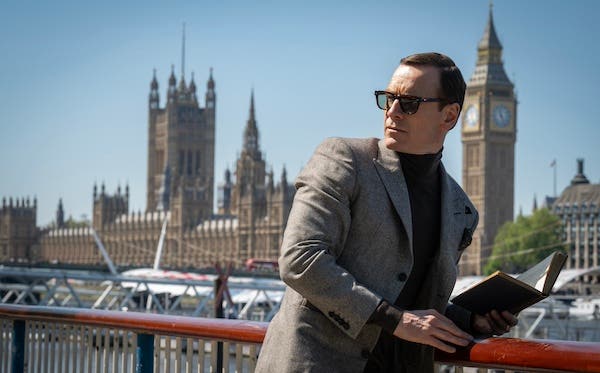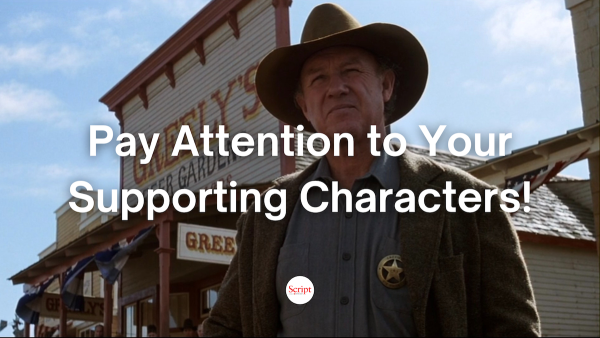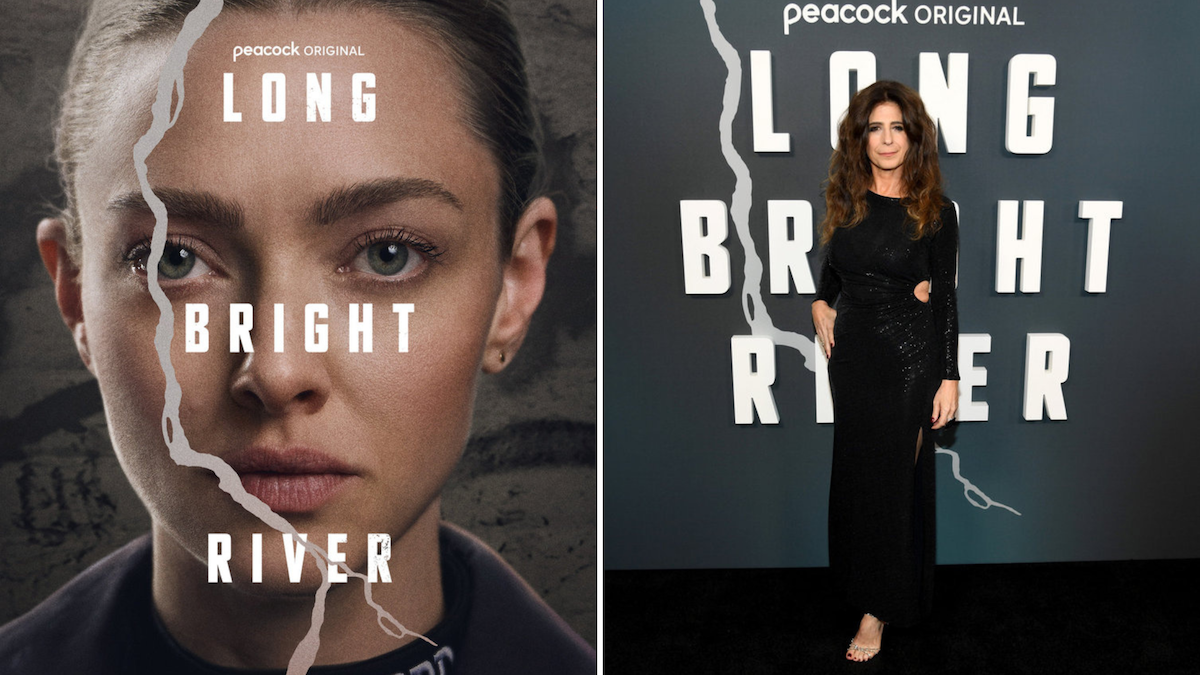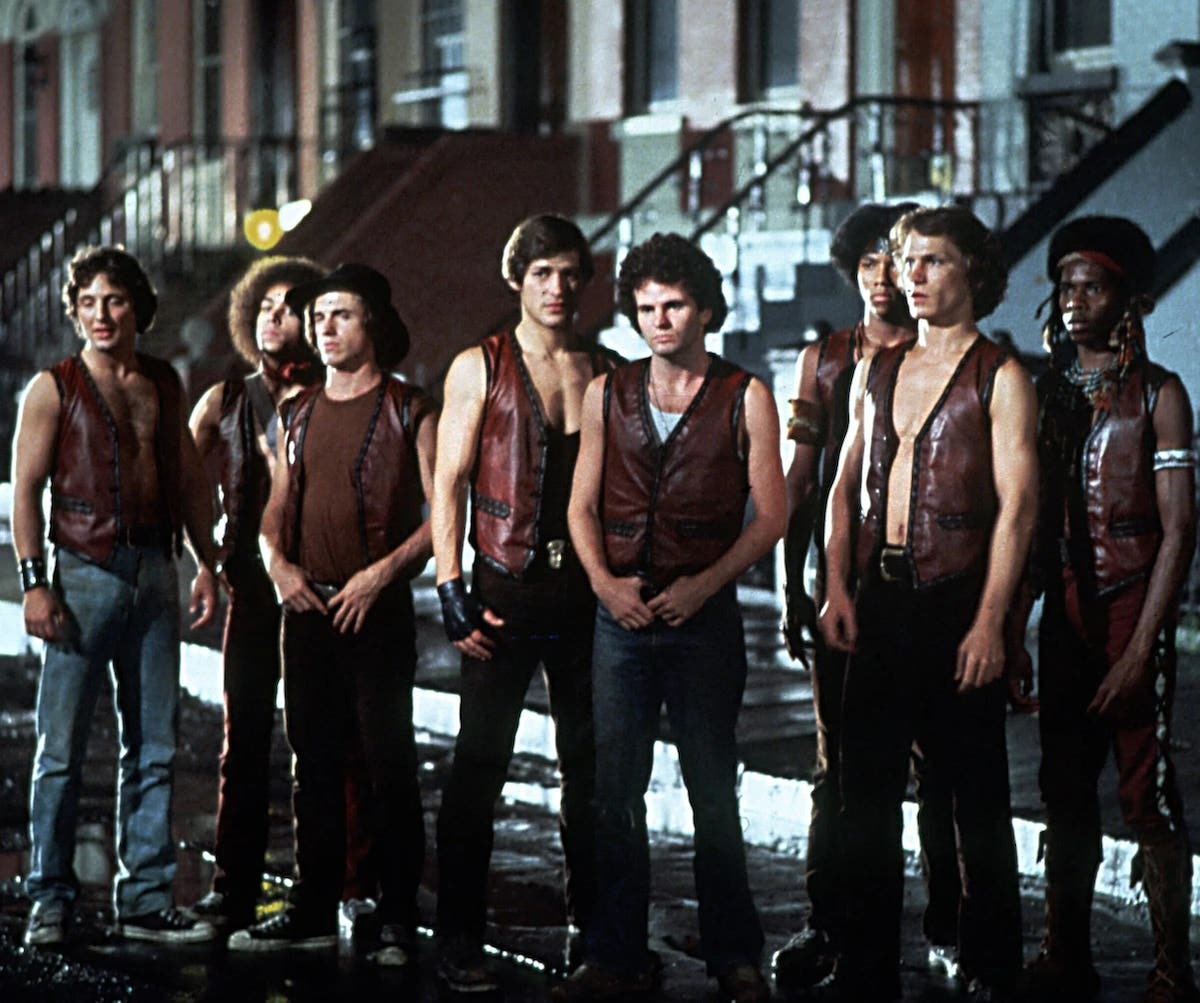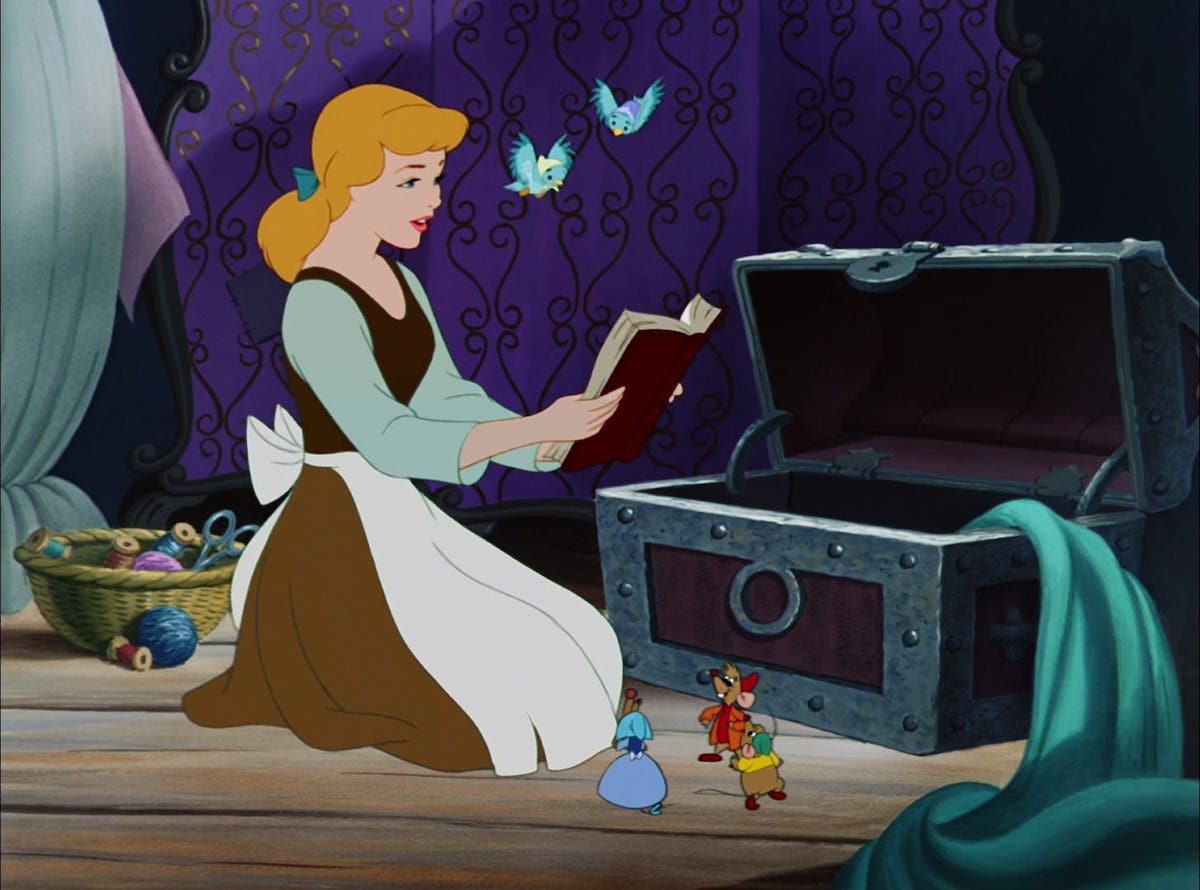Specs & The City: Voiceovers and ‘The Shawshank Redemption’
Billy Wilder said, “… be careful not to describe what the audience already sees. Add to what they’re seeing.” Voice-over is so tempting. How to do it right?
There are countless resources on the internet (thank you, Al Gore!) that are filled to the brim with tips for screenwriters. What to do – what not to do – how, when, and even where to do it – but a lot of it is purely theoretical. Some of it can even seem downright abstract; especially to someone who’s just starting out. As we all go forth, trying to break into a field filled with people who will gladly take our dreams and blend them into a delicious protein smoothie of rejection and self-doubt, how are screenwriters supposed to apply all of these individual pieces of advice to our writing?
I mean, think about it. It’s one thing to read a booklet on how to drive a car. It’s another thing (and a far more useful one) to have someone sit in a car with you and show you what the how-to booklet is talking about. And that’s what you can expect from this column – I’m going to attempt to help you put theory into practice.
Each week, I’ll talk about a specific tip/technique/piece of advice, but we’ll also take it a step further. We’ll provide an actual example of how to apply the advice using a film that everyone (hopefully) has seen. The ultimate goal is for you to not only have a new tool in your screenwriting bag of tricks, but to actually understand how to utilize it.
So let’s jump right in and get started with…
Voice-overs and The Shawshank Redemption
Billy Wilder once gave this piece of advice concerning the use of voice-overs - “… be careful not to describe what the audience already sees. Add to what they’re seeing.” This is spot-on advice from a true screenwriting legend, but I still see this basic premise broken ALL OF THE TIME – and not just by beginners. Why is this? I think it’s because using voice-over poorly is just so damn tempting.
I actually think Wilder’s advice should be tweaked to not only include “what the audience already sees”, but the additional warning of “or what they SHOULD be seeing.” More often than not, voice-over is used as a crutch when a writer feels their characters don’t feel real, or they’re struggling to naturally fit exposition into their dialogue. In these cases, the first instinct can be an overwhelming urge to insert a voice-over.
Don’t do it. Trust me. Take a deep breath and make your story better through a nice batch of rewriting instead.
Voice-over should only be used, as Wilder says, when it’s adding an element to your script that it wouldn’t otherwise have. But what does that really mean?
To answer this question, let’s take a look at a scene from Frank Darabont’s The Shawshank Redemption – a film so good that just typing the name made me want to stop writing and go watch it.
INT -- CELLBLOCK FIVE -- NIGHT (1947)
Three tiers to a side, concrete and steel, gray and imposing. Andy and the others are marched in, still naked, carrying their clothes and Bibles. The CONS in their cells greet them with TAUNTS, JEERS, and LAUGHTER. One by one, the new men are shown to their cells and locked in with a CLANG OF STEEL.
RED (V.O.)
The first night's the toughest, no doubt
about it. They march you in naked as the
day you're born, fresh from a Bible reading,
skin burning and half-blind from that
delousing shit they throw on you...
Red watches from his cell, arms slung over the crossbars, cigarette dangling from his fingers.
RED (V.O.)
...and when they put you in that
cell, when those bars slam home,
that's when you know it's for real.
Old life blown away in the blink of
an eye...a long cold season in hell
stretching out ahead...nothing
left but all the time in the world
to think about it.
Red listens to the CLANGING below. He watches Andy and a few others being brought up to the 2nd tier.
RED (V.O.)
Most new fish come close to madness
the first night. Somebody always
breaks down crying. Happens every
time. The only question is, who's
it gonna be?
Andy is led past and given a cell at the end of the tier.
RED (V.O.)
It's as good a thing to bet on as
any, I guess. I had my money on
Andy Dufresne...
Notice that while Red is commenting on the action taking place – the new-arrivals, or “new fish” going into lockdown for the first time – he isn’t describing what is on the screen. Red’s voice-over adds depth and gives the audience a more complete understanding of what is going on – of WHY that first night is so hard.
It offers insight into both the new fish, into Red himself, and also assists in making the transition into the next scene a smooth one. “I had my money on Andy Dufresne…” comes right before the older convicts work on making a new fish break. The act itself would seem cruel and would risk making several characters unlikeable, including Red, if we didn’t have the background information on WHY they do it.
Also, look at the role Red’s voice-over plays in the larger story. While Andy Dufresne may be the main character of The Shawshank Redemption, he’s an aloof and mysterious character. Having Red provide narration throughout Andy’s journey allows the audience to empathize. They can gain insight into Andy’s character in a way they wouldn’t otherwise be able to without the voice-over.
It all comes back to Billy Wilder (doesn’t it always) “Add to what they’re seeing.”
Now, if you’ll excuse me, I’m going to grab a box of Kleenex and go watch The Shawshank Redemption.
Related Articles:
- The Voice-Over Lie
- Ask the Expert: The Do's and Don'ts of Screenwriting
- Ask the Expert: All About Flashbacks
Tools to Help:
Brad Johnson is a screenwriter and producer who has placed in multiple competitions including Final Draft Big Break and the Walt Disney Television Writing Program. He has served as a judge for the Nashville Film Festival and the NYC Midnight Short Screenplay Challenge, and worked as a script consultant through his website, ReadWatchWrite.com. You can follow Brad on Twitter @RWWFilm.


